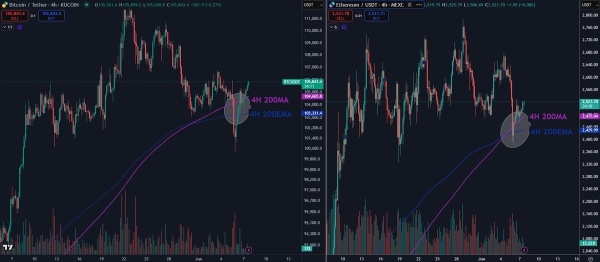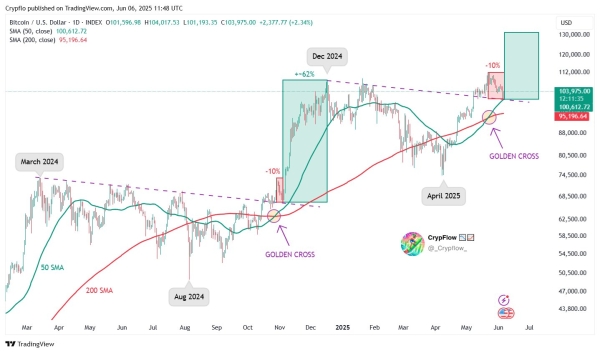Bitcoin Maximalism is Dead, Long Live Bitcoin Pragmatism
The Bitcoin of yesteryear is gone. In its place is a sprawling, sometimes absurd, sometimes inspiring ecosystem. Call it pragmatism. Call it growth. Just don’t call it maximalist.
The Maximalist Era Ends
Perhaps I’m biased because I attended the Bitcoin Conference 2025 in Las Vegas, but the news cycle last week was dominated by stories originating from the conference. While the tenor of these past events have been notoriously maximalist, this year was refreshingly pragmatic.
As Jeff Garzik told me during an interview on-site, “the Bitcoin community is moving from Bitcoin maximalism to Bitcoin pragmatism.” I liked the framing so much, I’ve been saying it to everyone I can.
The change was obvious on the expo floor, where a wide range of booths representing both serious and less serious projects co-existed. A dog memecoin called $DOG had a booth, for crying out loud! Yes, it’s built on the Bitcoin blockchain, but I still could hardly believe my eyes.
Pragmatism also showed up in the speaker roster, which featured a record number of politicians and government officials. With spot bitcoin ETFs continuing their staggering inflows, even by TradFi standards, a ton of traditional finance folks also appeared on stage.
Most impressively, the content of the speakers was a far, far cry from the days when mentioning anything besides Bitcoin risked defenestration. This funny post from Lysander, for instance, gives an idea of how often stablecoins were talked about.
Sitting U.S. Vice President JD Vance ended his keynote speech by giving advice for Bitcoiners. First, he admonished those who wanted to exit the system via Bitcoin, saying that by disengaging they were ceding power to people who hated and feared Bitcoin.
Second, he framed the Bitcoin community as a strategic national asset that can check overreaches of power. Third, he told Bitcoiners they need to look beyond just Bitcoin. They need to pay attention to AI because AI is poised to reshape the world. AI people tend to be liberal, while Bitcoiners tend to be conservative. The AI space needs a countervailing force to ensure this society-transforming technology isn’t excessively skewed.
My favorite speech, while flawed in several moments, was the final keynote speaker of the conference, Ross Ulbricht. Speaking on the life-and-death importance of decentralization, born from ideas that Ross surely ruminated on for the over 11 years he was in prison, he said:
So long as we are free to choose, we want as many of these [blockchain] experiments going on as possible. The strong will survive and the system as a whole will become more robust and able to adapt.
Powerful words that I agree with wholeheartedly, delivered with conviction. Those words are a damning indictment of Bitcoin maximalism. More importantly, the fact that it was said during the final speech of the biggest and most important Bitcoin conference in the world, marks Thursday, May 29, 2025, as the veritable death knell of Bitcoin maximalism.
Bitcoin pragmatism isn’t without flaws. There are many things pragmatists must tolerate, such as the Trump family’s sometimes questionable ties between politics and crypto, major traditional financial institutions like Blackrock gobbling up Bitcoin at a rapacious rate, meme coin creators deploying on Bitcoin, the dozens of suspicious Bitcoin L2s, and the list goes on.
But maximalism was worse. It would’ve killed Bitcoin. Aaron van Wirdum told me, “We have one shot to get [Bitcoin] right,” because no one knew how special it was in those early, vulnerable years. Everyone knows now, and the powers that be would make sure to either control or destroy it.
Bitcoin is dead, long live Bitcoin.



